Moto-Hakone Stone Buddhas
A group of medieval rock-cut Buddhist statues created to save people from the volcanic hell that surrounds them.
The town of Hakone is known for its hot springs, a benefit given by the volcano that stands tall above it. While it has been a popular travel destination since feudal times, its desolate terrains and calderas were also identified as hell due to the constant bursts of smoke around them, as still seen in the Owakudani Valley.
At some point in the medieval Kamakura period, some 700 years ago, locals started carving Buddhist effigies onto the face of the volcanic cliff along the narrow mountain pass that led pilgrims through Hakone. Particularly popular were the images of the Buddha and Ksitigarbha, a bodhisattva in charge of delivering the poor spirits from hell.
Today, 30 of those remain medieval “stone Buddhas” in the Moto-Hakone area, cut off into three spots by National Route 1. Created between 1293 and 1311, the statues consist of the 10.5-foot-tall Rokudō Jizō, the so-called “twenty-five bodhisattvas” (26, to be precise), and a trio of andesite Buddhas facing the road.
In addition to the stone effigies, there are several funerary pagodas from the same era, including those attributed to the Soga brothers, who are known for their long-planned revenge for the wrongful murder of their father, and Yao-Bikuni, a legendary nun who is said to have been cursed with immortality after eating a mermaid’s flesh.


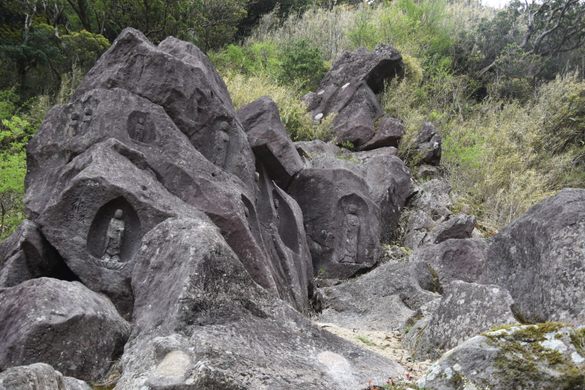
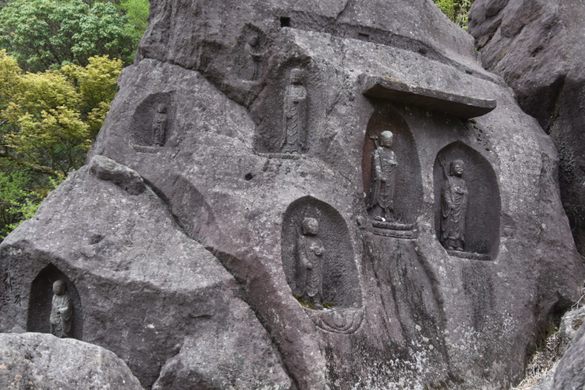
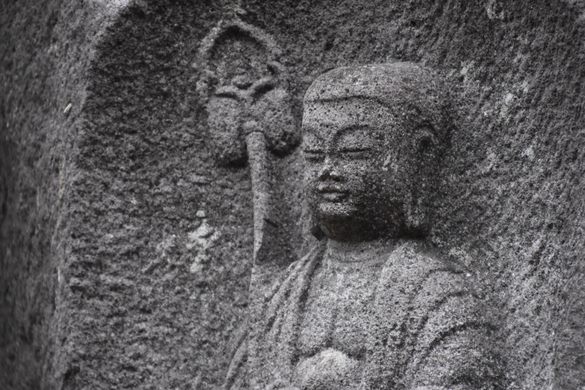
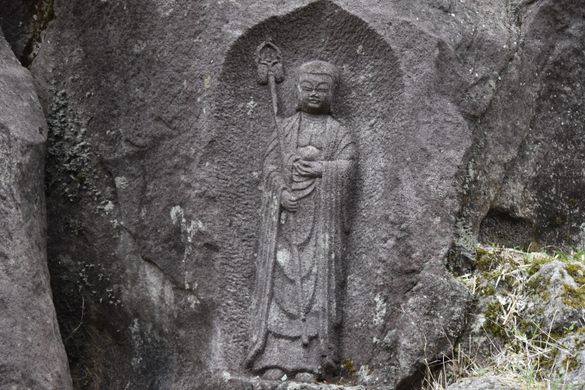
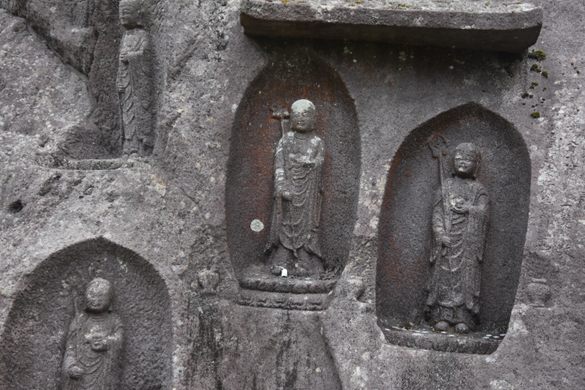
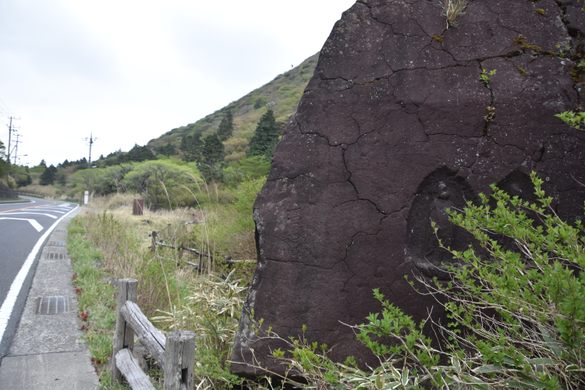



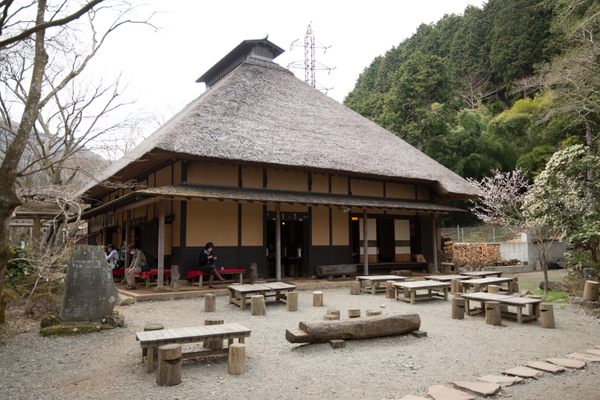

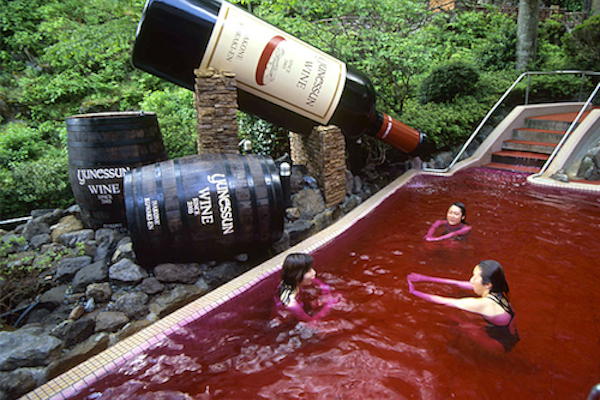
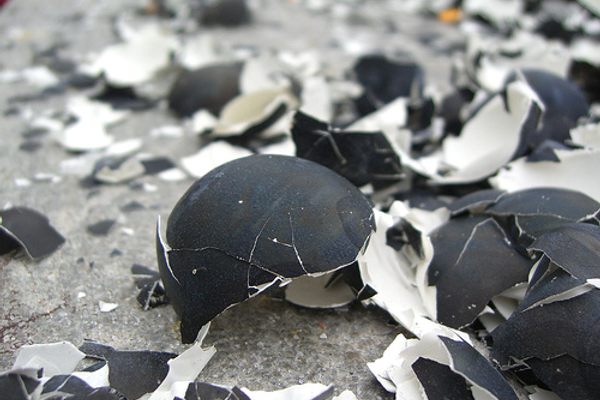





Follow us on Twitter to get the latest on the world's hidden wonders.
Like us on Facebook to get the latest on the world's hidden wonders.
Follow us on Twitter Like us on Facebook